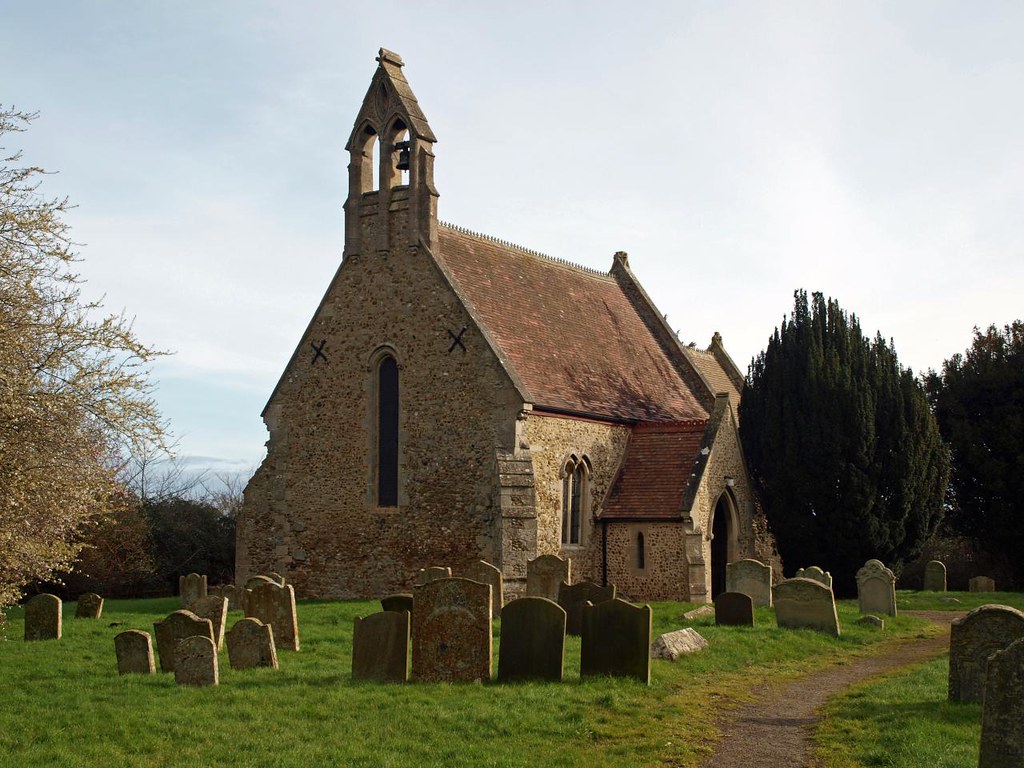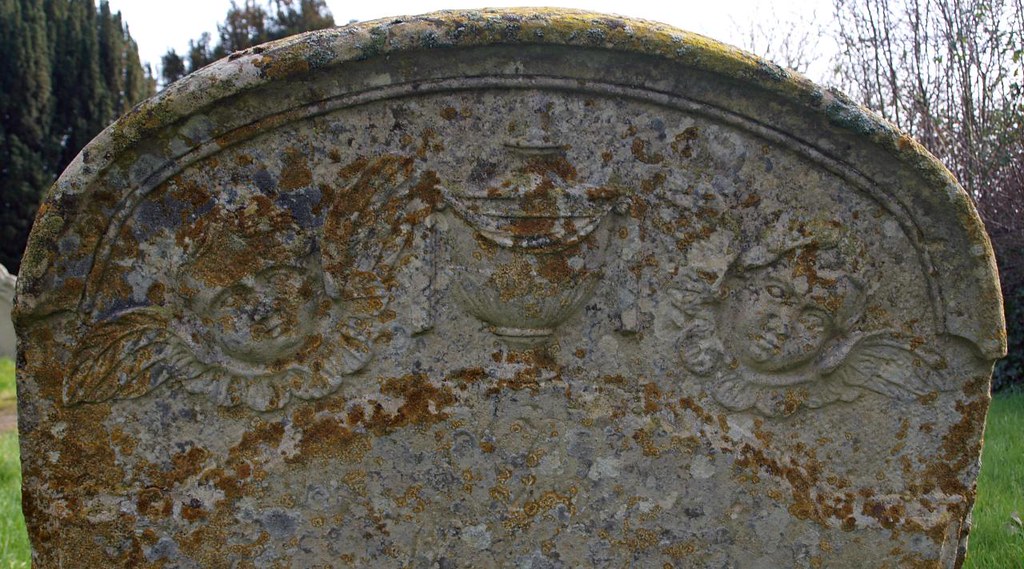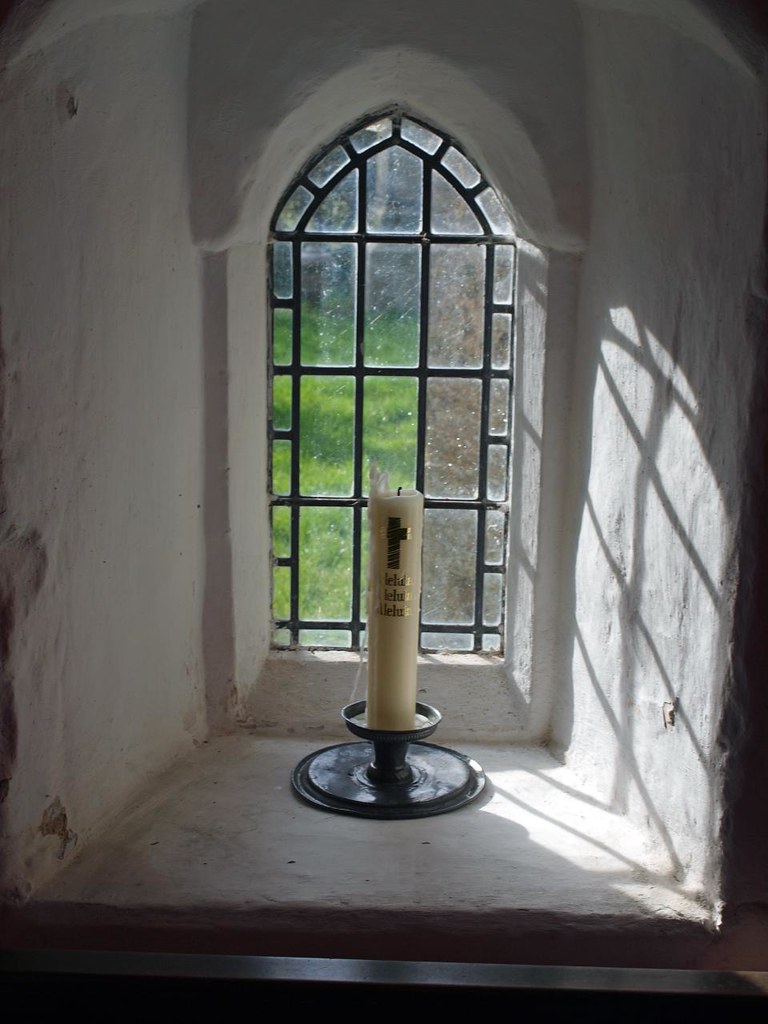Having said that this not a terribly interesting interior having undergone three restorations which left little of interest and the exterior, whilst crisp and spruce, is equally pristine but the location and churchyard are attractive.
ST MARY. Small E.E., but much renewed in 1849, 1876 and again in 1905 (by Carée). The chancel has lancet windows on both sides. The E window is new, but has C14 niches to its l. and r. The W side has a larger lancet.



MEPAL. Here the Isle of Ely dips down to the fens and New Bedford River and Old Bedford River run side by side cutting across the great loop of the Ouse like a chord of an arc. They mark one stage of the work of draining the fens. When the island was held for Parliament in the Civil War General Ireton, wanting a road for his troops, made the Causeway which begins at Mepal and now bridges the two rivers; it is still called Ireton’s Way.
The little church has been here 700 years but is much made new. In it we found a tablet to James Fortrey, a refugee from Brabant who lived at the old farmhouse. We are told of him that he was bred in court and in camps, was page to the Duchess of York under Charles the Second and groom to her husband, James the Second, but that he did not follow his royal master into exile for reasons of his health.
The little church has been here 700 years but is much made new. In it we found a tablet to James Fortrey, a refugee from Brabant who lived at the old farmhouse. We are told of him that he was bred in court and in camps, was page to the Duchess of York under Charles the Second and groom to her husband, James the Second, but that he did not follow his royal master into exile for reasons of his health.